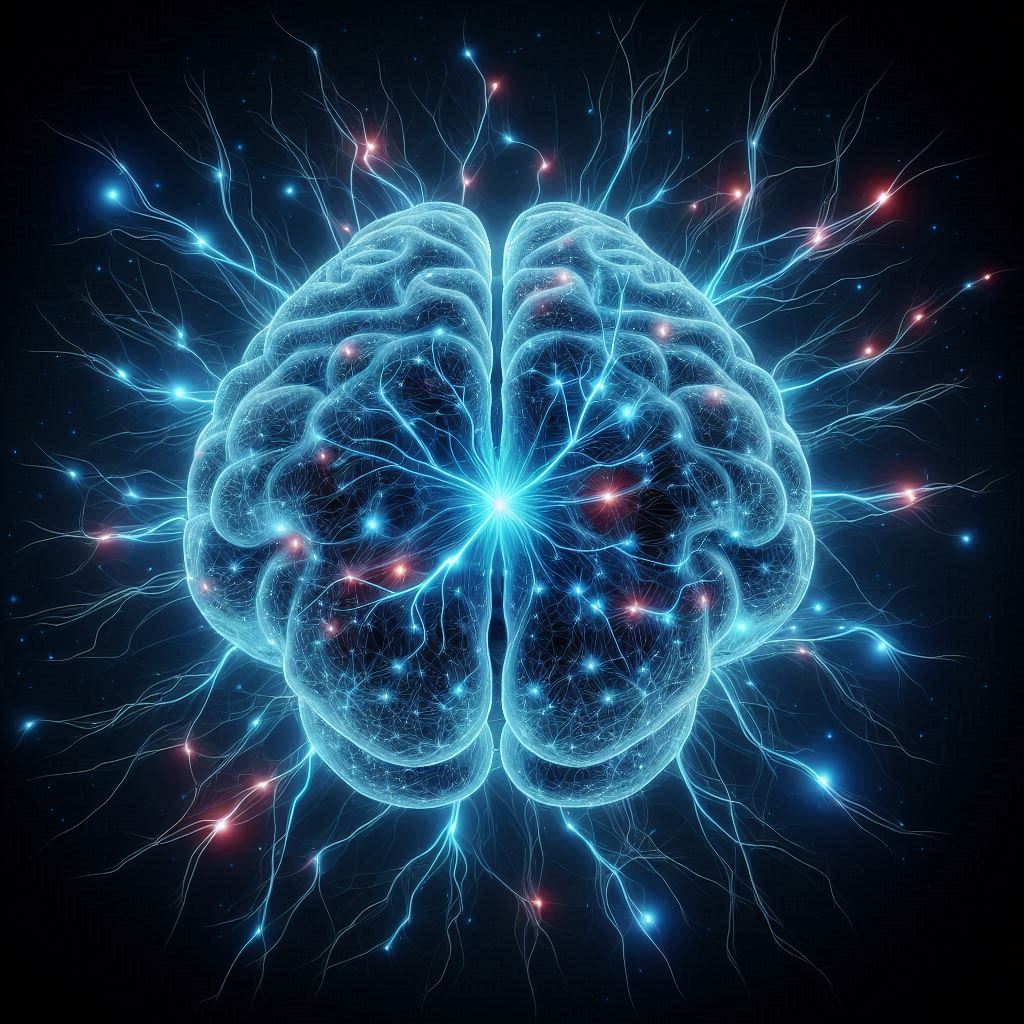New findings out of Emory University are shaking theories of the origin of Alzheimer’s the leading cause of dementia among older adults worldwide. Led by researchers from the Goizueta Brain Health Institute, a research team has brought in very strong evidence supporting a new understanding of the mechanism of Alzheimer’s disease.
Their findings were published in the journal Cell Reports Medicine.
New findings out of Emory University are shaking theories of the origin of Alzheimer’s the leading cause of dementia among older adults worldwide. Led by researchers from the Goizueta Brain Health Institute, a research team has brought in solid evidence supporting a new understanding of the mechanism of Alzheimer’s disease.
Amyloids accumulate and build up into sticky plaque that disrupts brain functions, leading to cognitive decline in the brains of those suffering from Alzheimer’s. The big unknown has been exactly how that occurs. According to the most widely adopted hypothesis, the amyloid beta buildup breaks cell-to-cell communication and turns on immune cells in a process that finally destroys brain cells.
According to the study, Golde, director of the Emory Center for Neurodegenerative Disease in the Goizueta Institute, and Levites, associate professor in Emory University’s School of Medicine, have come forth with a new hypothesis that has implications for a different role for amyloid beta, a simple protein forming in all brains but usually solving out by natural processes. In these experiments, they used state-of-the-art analytic technologies to identify and measure the level of more than 8,000 proteins in human brains with Alzheimer’s, as well as similar proteins in mice. Focusing on proteins whose levels increased most dramatically, they have so far identified more than 20 proteins that co-accumulate with amyloid beta in both the human brains with Alzheimer’s and the mice. As the research continues, they suspect they’ll find more.
Once we identified these new proteins, we wanted to know whether they were merely markers of Alzheimer’s or if they could actually alter the disease’s deadly pathology,
To answer that, we focused on two proteins, midkine and pleiotrophin. Our research showed they accelerated amyloid aggregation both in the test tube and in mice. In other words, these additional proteins may play an important role in the process that leads to brain damage rather than the amyloid itself. This suggests they might be a basis for new therapies for this terrible brain affliction that’s been frustratingly resistant to treatment over the years.
Todd E. Golde
While the basics of Alzheimer’s were grasped more than a century ago, the hunt for a cure has been slow. It is through the research situating the repeated cycles of treatments as a first promise, turning out not to work in trials, that there is always a need to continue the controversy over competing theories. As the researchers put it: “The original linear idea of a purely amyloid cascade is considered now to be overly simplistic. Recent work has revealed the enormous complexity of dynamic changes over the course of decades in the brains of people in which Alzheimer’s pathologies develop.Indeed, other types of amyloid deposition, apart from amyloid beta, have been implicated in more than 30 human disorders, and these affect all tissues and organs of the whole body. Since this new study has suggested a new mechanism for the development of Alzheimer’s, it could therefore open up new ways of identifying treatment targets for other diseases.
Also, Read| Diet and exercise can prevent type 2 diabetes in individuals with high genetic risk
Indeed, other types of amyloid deposition, apart from amyloid beta, have been implicated in more than 30 human disorders, and these affect all tissues and organs of the whole body. Since this new study has suggested a new mechanism for the development of Alzheimer’s, it could therefore open up new ways of identifying treatment targets for other diseases.
Source: Emory University News
Journal Reference: Levites, Yona et al. “Integrative proteomics identifies a conserved Aβ amyloid responsome, novel plaque proteins, and pathology modifiers in Alzheimer’s disease.” Cell reports. Medicine, 101669. 2 Aug. 2024, DOI: 10.1016/j.xcrm.2024.101669,
Last Update:







